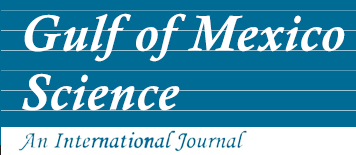Alternate Title
Standardized Visual Counts of Goliath Grouper off South Florida and Their Possible Use as Indices of Abundance
Abstract
Two visual surveys are examined for evidence that the number of goliath grouper has increased in the waters off South Florida since a harvest moratorium was imposed in 1990. Both surveys are standardized to account for the unbalanced design of the sampling procedure. The first survey is effectively a census of the number of goliath grouper at five artificial reef sites in the Gulf of Mexico about 90 miles north of Key West, Florida. It is standardized by use of the canonical log-linear model. The second survey includes the observations of many different SCUBA divers at 32 sites scattered along the Atlantic coast of Florida from the Dry Tortugas to Jupiter. The canonical log-linear model is not appropriate for standardizing this data set because observations of 2-10 fish are recorded only as two or more. To accommodate this feature, we developed a standardization procedure based on a censored Poisson distribution. The most important factors in standardizing the two surveys were the year and location. Seasonal effects were also statistically significant but had little effect on the results because most of the dives in any given year were conducted during the "warm" season. Both the standardized series indicate a substantial increase in abundance since the 1990 moratorium.
Recommended Citation
Porch, C. E. and A. Eklund.
2004.
Standardized Visual Counts of Goliath Grouper off South Florida and Their Possible Use as Indices of Abundance.
Gulf of Mexico Science
22
(2).
Retrieved from https://aquila.usm.edu/goms/vol22/iss2/3

